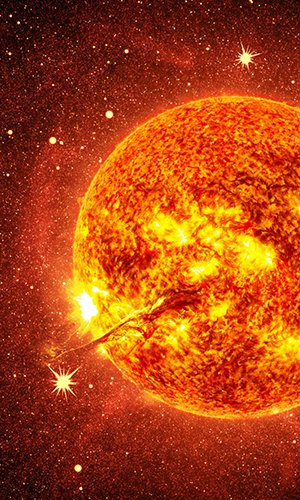It took a good 34 months of observations by Gaia, the astronomical satellite launched by ESA (European Space Agency), to obtain the most precise 3D map of our galaxy ever made. The Milky Way now has nearly 2 billion stars, 1,811,709,771 to be precise. All these stars are now listed in the new astronomical catalogue of the Early Data Release 3 (EDR3) of the European Space Agency’s Gaia mission, in which the Italian Space Agency (ASI) and the National Institute of Astrophysics (INAF) is taking part.
This catalogue, which is the most detailed census of the Milky Way ever produced, is more accurate than the previous 2018 version, due to over a year of additional observations. It gives the position, distances, celestial movements, brightness and colours of each of these stars. Over these 34 months, Gaia has provided a complete identikit of more than 330 thousand stars found around the Sun within a distance of 330 light years, classifying their properties and making it possible to increase the previous data. In addition to nearly 2 billion stars, the catalogue includes 1.6 million quasars, the centres of distant galaxies whose exceptional luminosity derives from the activity of supermassive black holes at their cores. These observations have made it possible to use optical band data for the first time to estimate the acceleration of the Solar System in its motion around the centre of the Milky Way, equal to 7 millimetres per second over the course of a year.
This valuable database will allow increasingly deeper analysis of the part of the universe closest to us, providing clues as to how the solar system formed and how fast the universe has expanded since the dawn of time. In addition, the computers and software developed for the Gaia mission form an important knowledge base that can be applied to other fields.




